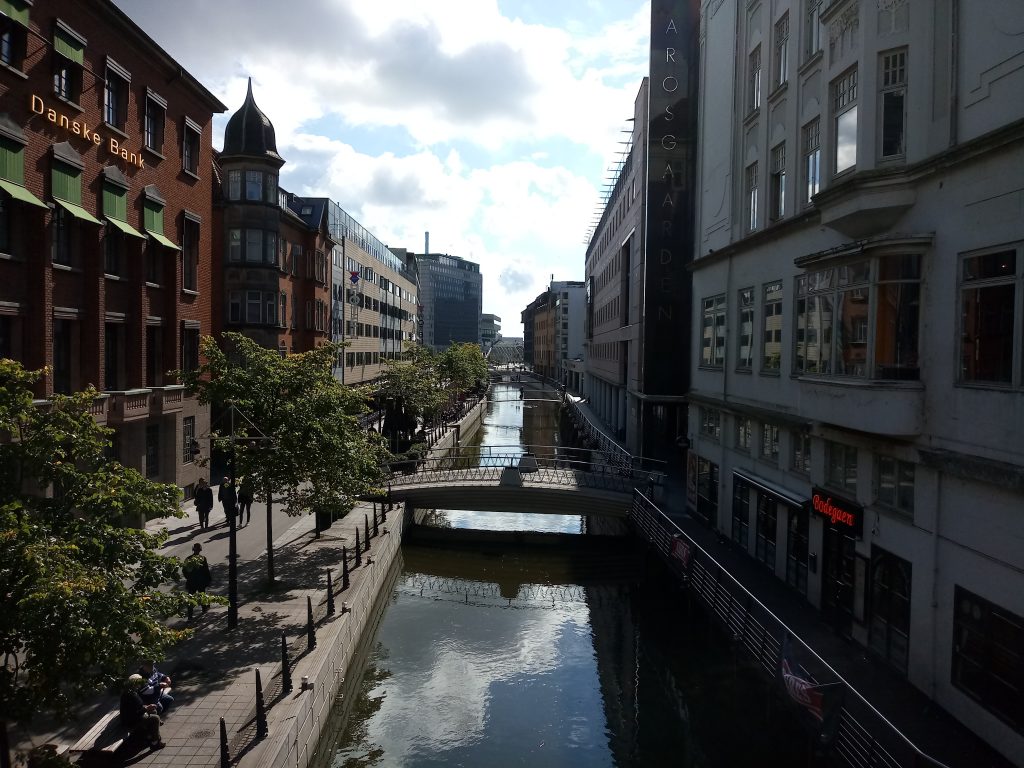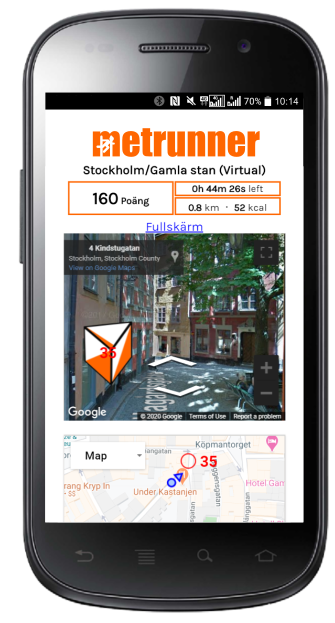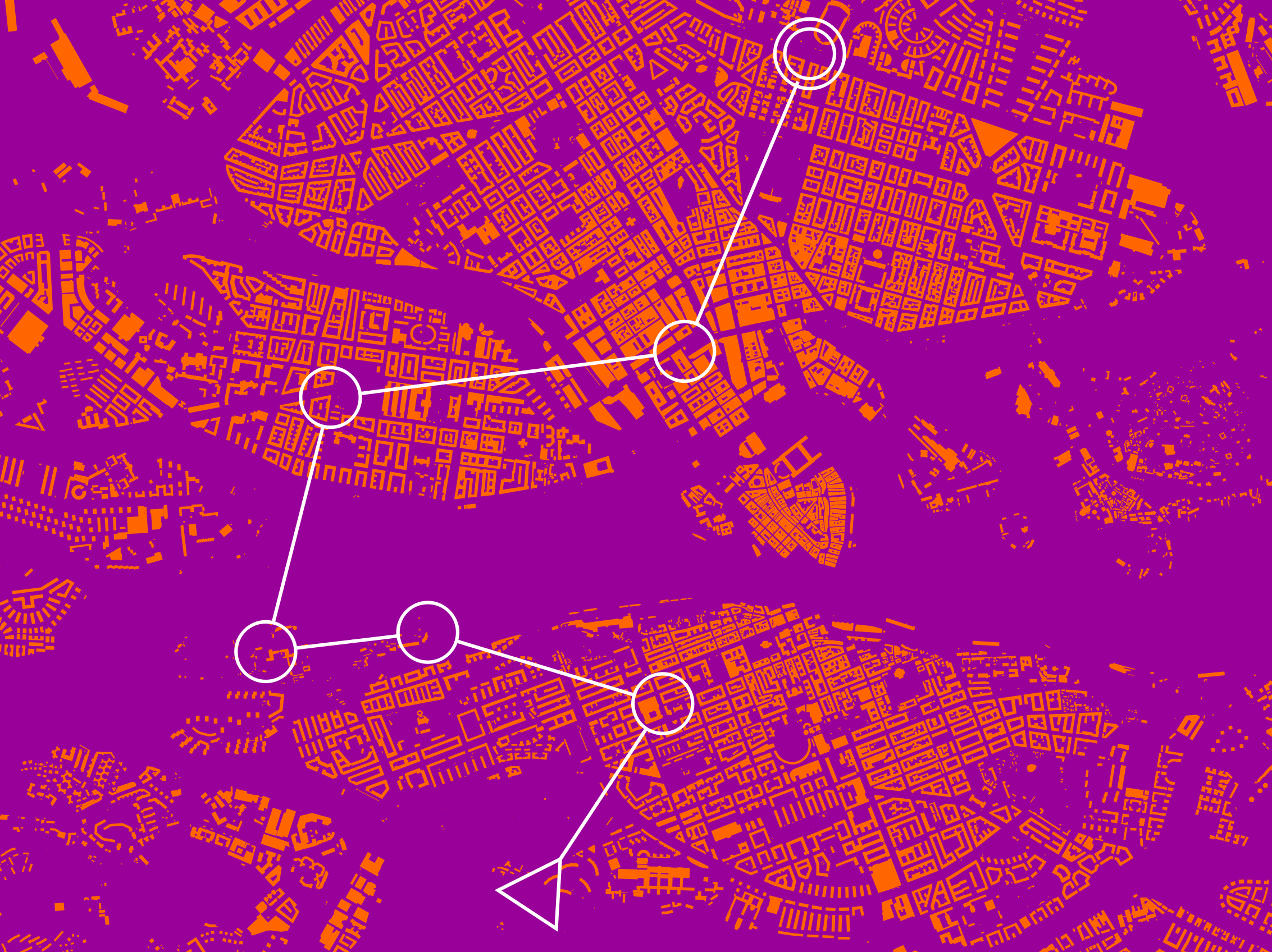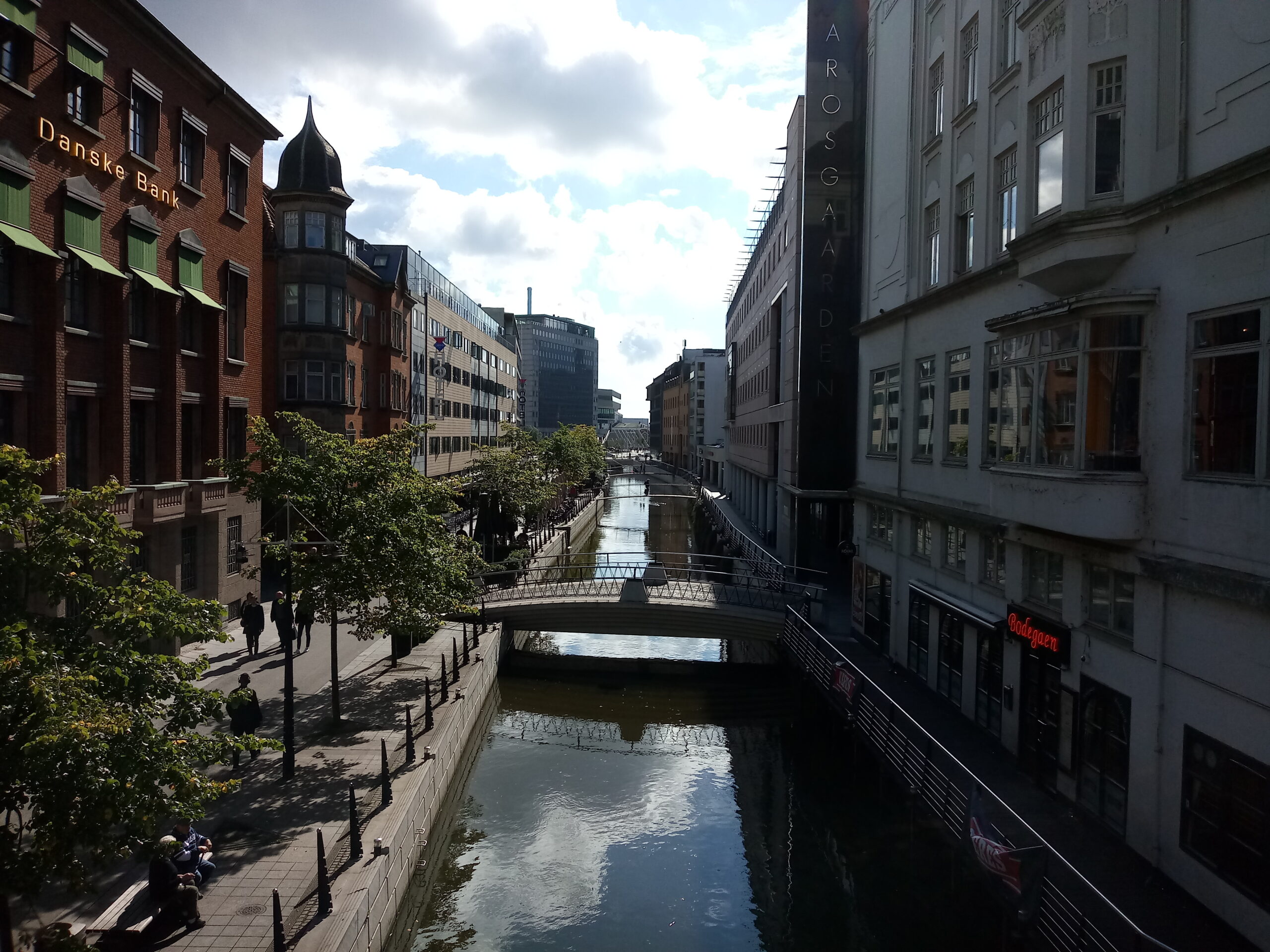Tourism is suffering. Jobs and livelihoods are lost. Companies are dying like flies.
Thanks to the coronavirus pandemic, we’re now used to the concept of Working From Home (WFH), where we connect with our colleagues and finish our work from our homes.
But life is not just working—travel is a great part of life for many of us. “Walking ten thousand miles of the world is better than reading ten thousand scrolls”, as the Chinese proverb goes. Travelling allows us to see the world, learn, and let ourselves grow from the experience.
Of course, border closures and quarantines during the COVID-19 pandemic means we can’t travel physically as before. Enter the concept of Travel From Home (TFH)—with which we travel the world from the comfort of our homes. Thanks to mobile technology and reality technologies such as Virtual Reality (VR) and Augmented Reality (AR), this is already possible and growing.

The world of virtual tours
According to the statistics platform Statista, the tourism industry lost 265 billion USD due to the COVID-19 pandemic. That is approximately the entire GDP of Finland* in 2019.
This is colossal loss—indeed the tourism industry is facing cataclysmic change, if not Armageddon. But a crisis is also an opportunity—it allows more people to discover places and stories from afar without visiting. All that one needs is a modern mobile phone.
Museums, tour companies and destination marketing agencies (DMAs)** are seizing this cataclysmic change by providing remote travelling options such as virtual tours. They allow tourists to experience a place as if they were there.
These virtual tours are keeping tourists connected with the places, culture and stories that they love. And technologies are making these connections possible.

Technologies that are keeping tourism alive
Virtual tours can be simple as a website with photos or videos. Search for virtual tours on YouTube, and you’ll find hundreds (if not thousands) of videos that treat you with near-real travel experiences around the world.
But virtual tours doesn’t stop here—the technological development of our age has enabled far more possibilities than that. Augmented Reality (AR) enables the user to experience enhanced, added content in a physical environment. Virtual Reality (VR) provides an ultra-real travel experience to the user, as if she/he is really there already, without being there at all.
VR doesn’t need to mean expensive gadgets and goggles; one of the simplest forms of VR is Google Street View, which provides a 360° view of places you want to go. Besides highways and streets, Google has long extended coverage to hiking trails too, as well as 360° view bubbles contributed by users.
Metrunner provides this experience through its virtual tours, which allows you to connect with places and stories through your mobile phone. If you’d like to provide this experience too, Metrunner Premium programme allows you to add unlimited virtual tours, which you can test for free 14 days at app.metrunner.com.
Remote tourism is here to stay, for good
After the worst spells of COVID-19, the world is gradually opening up, with countries planning to water down restrictions and gradually letting tourists in again.
But remote tourism and Travel From Home is here to stay. We’ll slowly visit our beloved destinations again, but we’re also greedy and will explore wherever we can. Remote tourism is pushing the frontiers of our exploration to infinity and beyond. Remote tourism is enabling us to visit ever more destinations than we could before.
And remote tourism is making the tourism industry ever stronger. Virtual tourism will be a strong companion to physical travel, encouraging people to discover and explore more places and stories. Virtual tourism is here to stay, and that’s a good thing.
Start discovering everywhere anytime now by getting started at Metrunner.
*270 billion USD, per 2019 estimate by International Monetary Fund.
**DMAs are the organisations that promote a city or destination, e.g. Visit Stockholm




